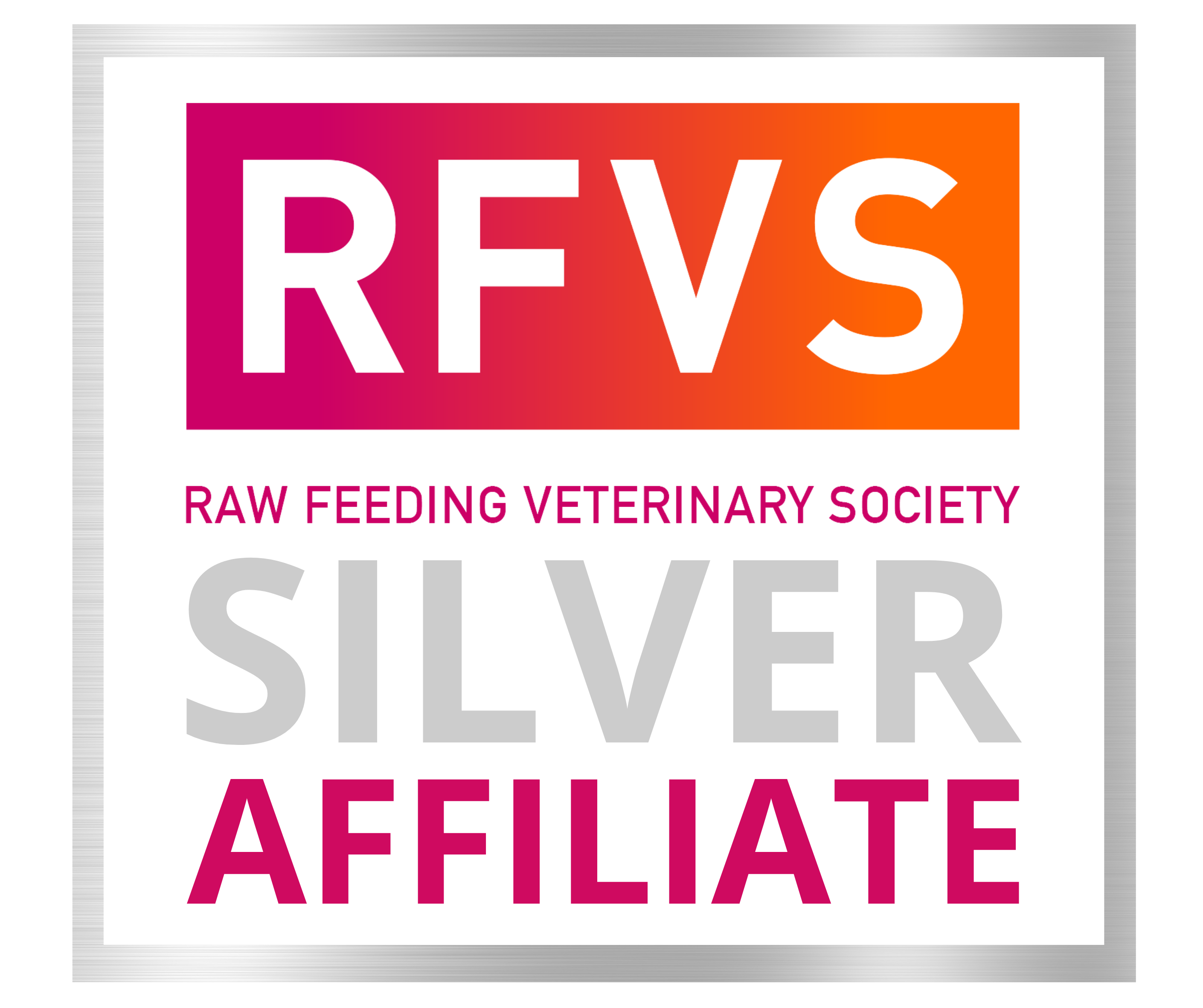Pet Food Labels
AAFCO & THE NRC
Most pet food labels mention the American Association of Feed Control Officials (AAFCO) nutritional adequacy statement. It is considered to be one of the most important aspects of a dog or cat food label, but it is worth remembering that it is an industry standard and not a scientific standard.
The recommendations of The National Research Council (NRC) were historically used as the basis for nutritional adequacy. The NRC provide expert advice based on sound scientific evidence.
However, the industry watch-dog AAFCO have modified the NRC nutrient profiles for the purpose of practicality. In other words, AAFCO believes that an organisation with close ties to the pet food manufacturing industry is sufficiently qualified to alter the nutrient profiles created by the NRC scientists. To give an example of the implication of this modification, the AAFCO standard reduced the requirement for protein for adult maintenance in dogs from 22% (NRC standard) to 18% (AAFCO standard). Considering the fact that protein is the most expensive ingredient in pet food, it is worth questioning the motivation behind these ‘practical’ alterations. An AAFCO approved formulation may physically contain protein, but the testing does not ensure that such protein is digestible and therefore available to your pet.
THE ‘COMPLETE AND BALANCED CLAIM’
AAFCO permits a pet food manufacturer to claim that its product is 100% complete and balanced if it has complied with AAFCO’s feeding trial protocols or nutrient profiles.
AAFCO’s feeding trials last six months and are conducted on a minimum of eight animals (six of whom must complete the trial). As many nutritionists would point out, sustainability for six months does not translate into complete and balanced for a life-time of nutrition. The high levels of carbohydrate in ‘100% complete and balanced’ diets for carnivores, is proof that these claims may meet an industry standard but not a scientific standard.
In a highly competitive market, clever marketing will sell any pet food, no matter what it’s nutritional value. Claims such as ‘food for indoor neutered cats‘ have no science behind them. A cat is a cat, an obligate carnivore, no matter what his lifestyle. Similarly, claims for foods for specific breeds are likely to be very limited in their application. There is little information as to the true dietary needs of these more specific uses, and no rules governing these types of statements have been established. But a great marketing tool none-the-less.
OFFICIAL DEFINITIONS
Many pet foods are labelled as ‘premium’, ‘super-premium’, even ‘ultra-premium’. Products labelled as such are not required to contain any higher quality ingredients than are any other products. The term ‘natural’ or ‘holistic’ has no official definition, and for the most part is taken to mean a lack of artificial flavours, colours and preservatives. But again, buyer beware, as the most natural looking labels can still contain a very processed pet food.
THE INGREDIENT LIST
All ingredients are required to be listed in order of predominance by weight. The weights include their inherent water content. So the heaviest ingredient before cooking appears first on the label.
What this means for you reading the label is that even if chicken is listed before corn on the ingredient list it is possible that the finished product contains far more corn than chicken (chicken has a 75% water content and is heavier than corn when fresh). To compare relative quantity claims between two products this must be done on a dry matter basis which is not always listed on the label.
Another trick that producers use to make their foods appear more 'meaty' is to break a grain down into it's constituent components or particle sizes - for example wheat could be listed as 'wheat flour' and 'ground wheat.' If they were to list the grain in its entirety, it would come first on the label; but by listing the individual components of grain, they can make these appear to be a lesser ingredient relative to the meat.
‘Meat’ is defined as the clean flesh, with or without the fat, skin, sinew, nerves, blood vessels. ‘Meat meal’ is defined as the rendered product (unfit for human consumption) from mammal tissue, so can contain parts of animals one would not think of as being meat. The rendering process separates the fat soluble ingredients from the water soluble and solid materials. The process kills most bacterial contaminants, but the valuable natural enzymes and proteins contained in the raw materials are also destroyed or altered.
The less processed your pet’s food is, the better, as it can be very difficult to tell from a pet food label what it is that you are actually buying.
Also, check out The Safety of Processed Food
